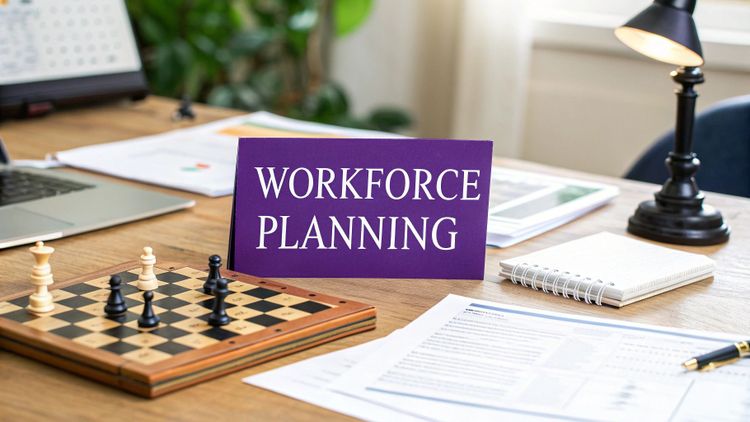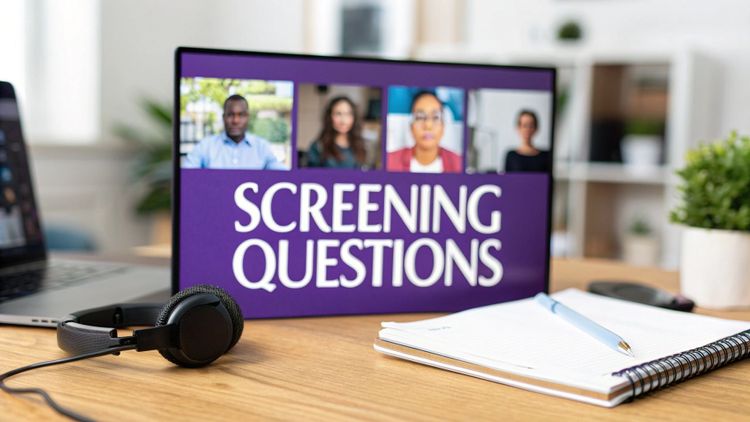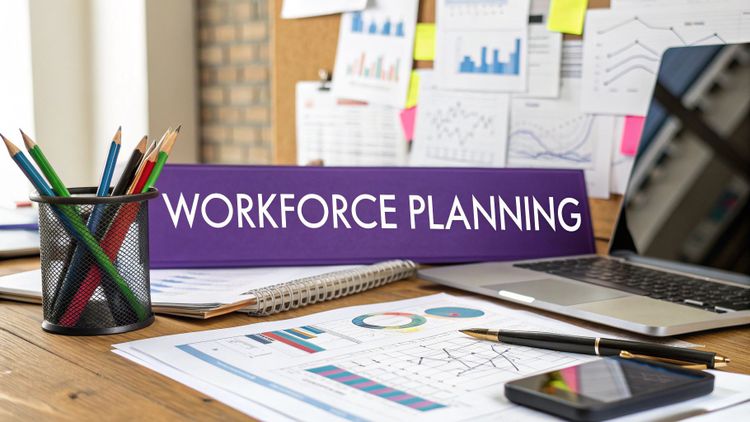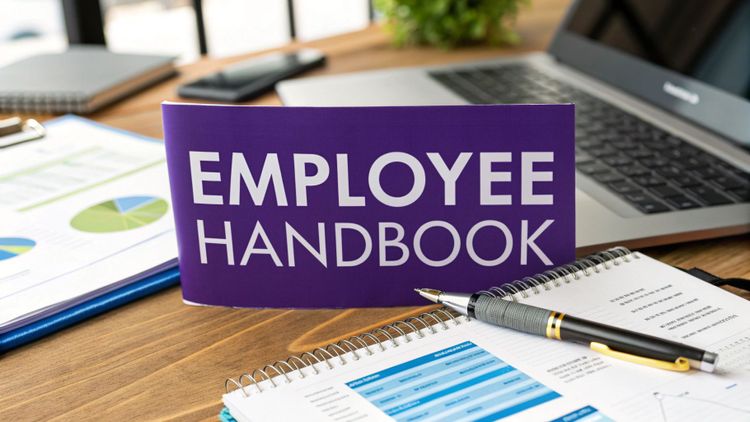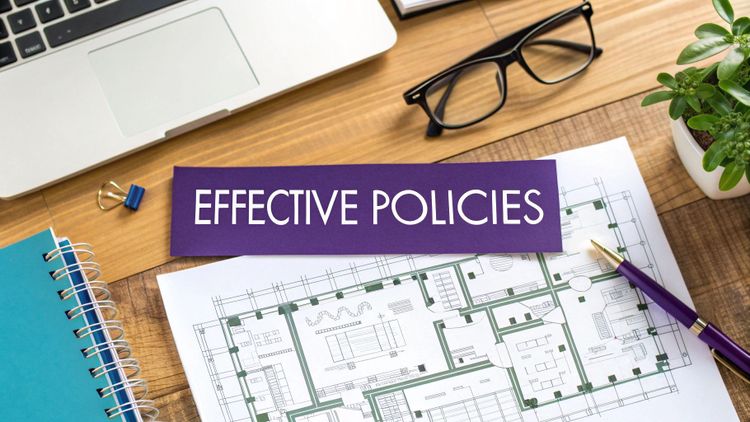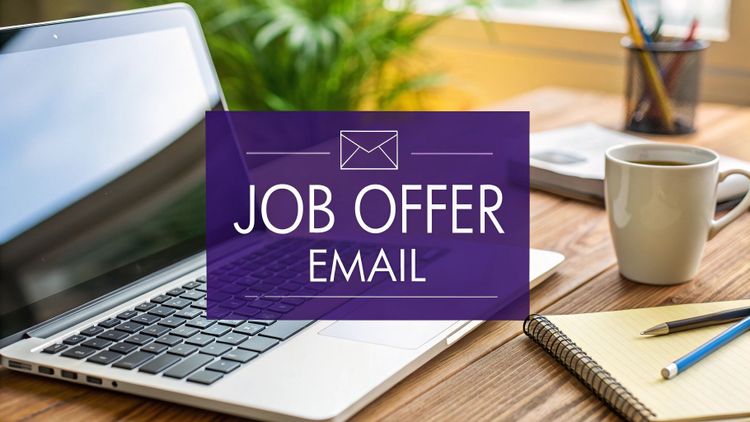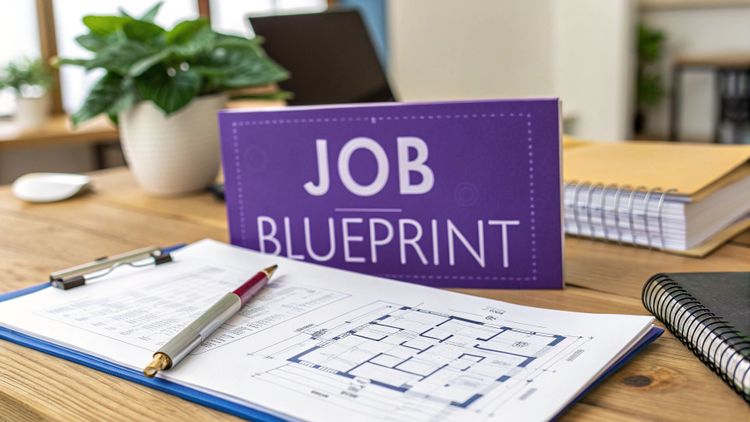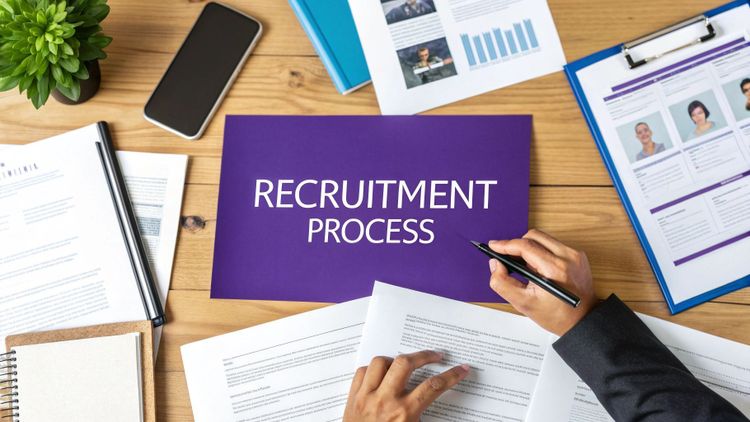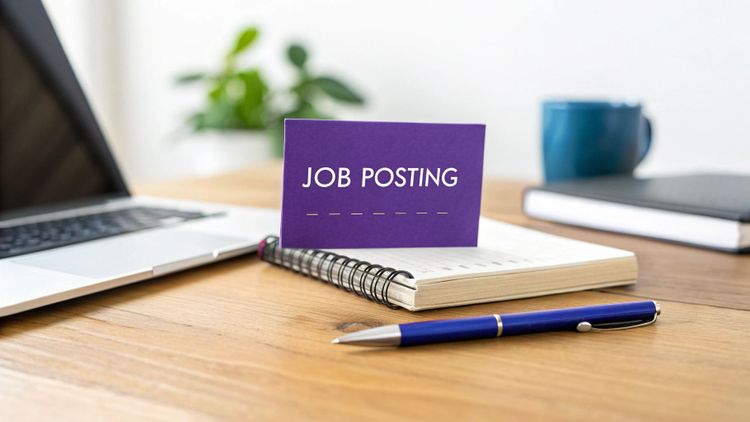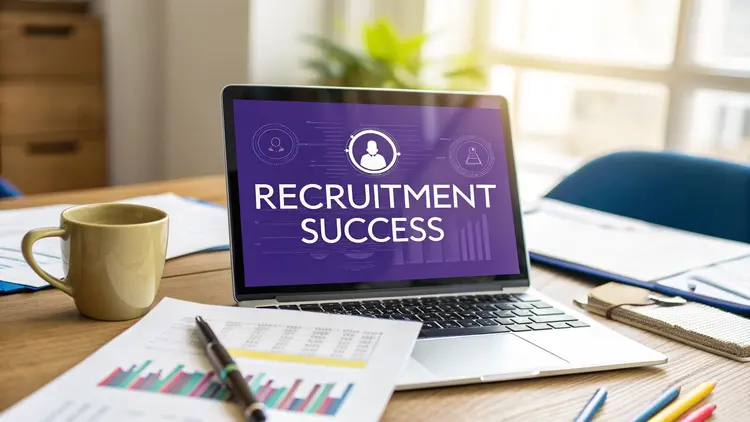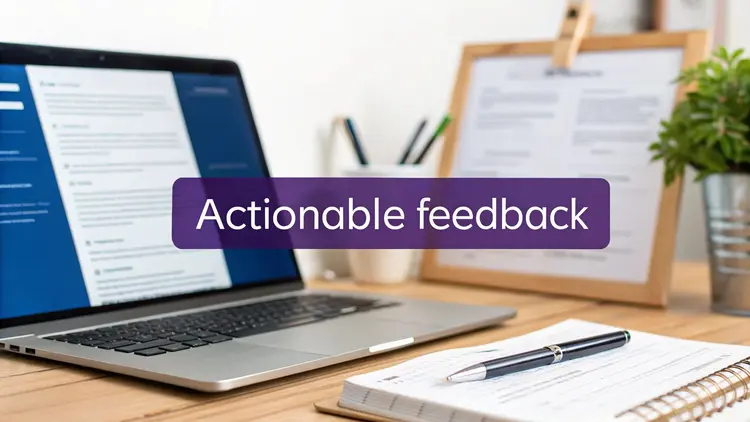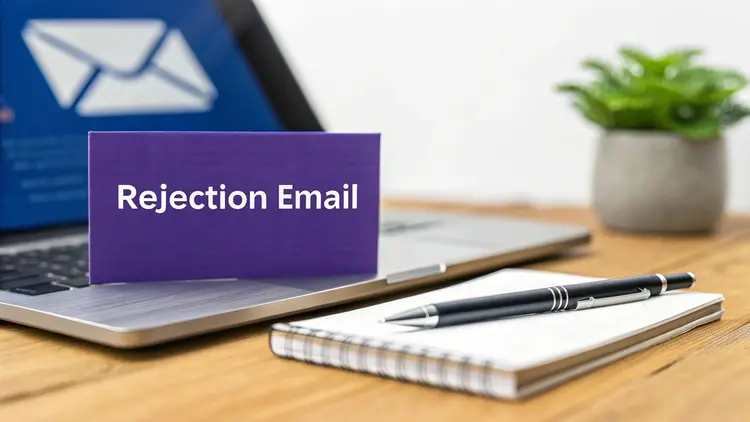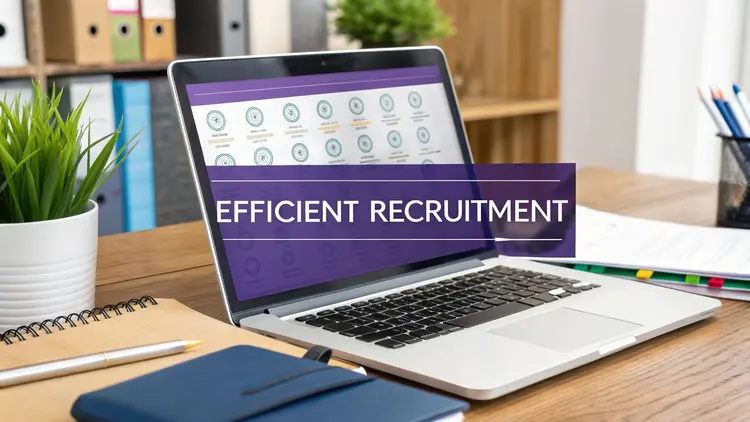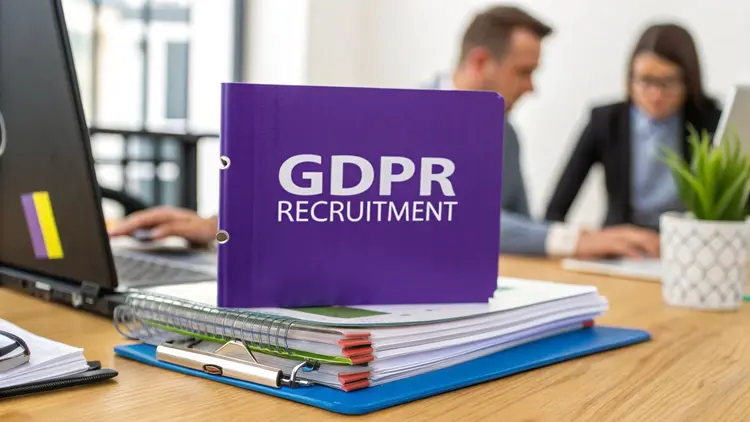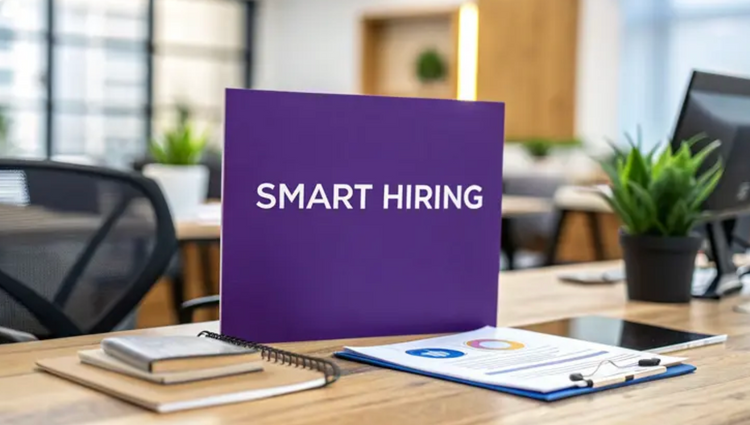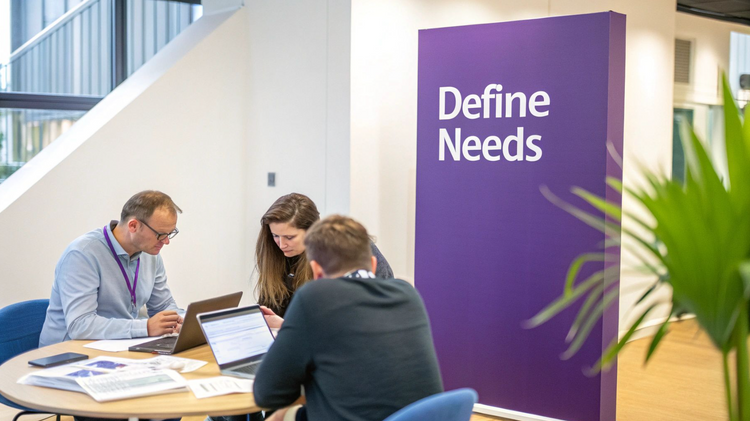HR Processes
How to Improve Your Interview Process with 8 Easy Tweaks

If you want hire great people, you need a stellar interview process. But most hiring managers put off overhauling their system because of the significant time and resource commitment it requires.
But we might have a solution – you just have to start little by little with simple tweaks that will have a lasting impact.
In this article, we’ll discuss 8 easy, actionable changes that you can immediately implement to improve your interview process.
Let’s dive in.
Need an easy way to keep track of candidate interviews? Download this interview schedule template to stay on top of past and upcoming interviews in one place.
Tips and Tricks to Improve Your Interview Process
1. Take advantage of technology
The human resources industry is in the process of a technological revolution fuelled by advances in both software and hardware technologies.
Continued innovation has placed highly accessible technologies in the hands of even the smallest businesses.
No matter your size or industry, here are the top three software tools you should have:
- Applicant tracking system (ATS). Hiring platforms like SeeMeHired simplify and optimise your recruitment funnel, including your interview process.
- Scheduling apps. Tools like Calendly allow recruiting teams schedule interviews without sending back-and-forth emails.
- Project management apps. Apps like Trello or Asana can help hiring managers and recruiting teams keep track of all the moving parts of a recruitment strategy from one place.
With these tools helping organise the workflow and track progress, your HR department can dedicate more time and resources to enhancing your hiring and selection process.
2. Enhance communication with relevant departments
Recruitment doesn’t happen in a vacuum. After all, you’re most likely hiring for different parts of your organisation.
Without detailed input from relevant departments, there’s a bigger chance that your hiring process won’t be as efficient as it could be. You can even end up with the wrong hire altogether.
For example, when for positions in your IT department, you can ask them what pre-interview screening methods will work best. They may want a skill test regarding a specific programming language – something you may know little about.
Lastly, involving another department throughout the hiring process also helps ensure that you reduce whatever unconscious hiring biases might be at play.
The more people are involved, the more perspective you can entertain, and the less likely you will hire based on similarity or other biases.
3. Structure your interview flow
If you want to guide your interview process to have organised and consistent results, you also need a systematic flow.
Remember that having a random process will only create unexpected results. If you want the most efficient interview process, you need to replace the randomness with order.
The way to do this is by creating a systematic flow for your interview process.
This section will outline the steps for creating a systematic and reliable interview flow to enhance your results. These specific parts include the following:
- Introduction. Start building rapport with a personal intro and share an overview of the interview session.
- Discussion. The main part of the session should be a discussion around the candidate’s skills and experiences. Consider standardising what questions the interviewer will ask the candidates (we’ll cover this in more detail later).
- Q&A. Give the interviewees a chance to ask questions about the role.
- Follow-up instructions. Clarify the next steps that candidates have to take as well as any details around your decision, such as when to expect a decision, before you end the interview.
Recommended reading: How to Conduct an Effective Online Interview
4. Create a questions library
A questions library is a repository of all the standard questions you can ask candidates, categorised by role and interview stage. If you do any kind of intensive hiring, a questions library will bring you several critical benefits that will improve your hire quality.
It’s helpful because it prevents the task of coming up with questions for the candidates ahead of every interview. If you have an accessible file, or perhaps even an online database, of questions, all your hiring managers need is to select the most relevant questions for their situation.
You can utilise several methods to create a questions library, such as the following:
- Formulate relevant interview questions yourself, with input from relevant people and departments, then store the spreadsheet in a cloud file.
- Surf online for the best sets of questions, slightly tweak them for your company and then store them yourself.
- Use a tool like the LinkedIn Talent Solutions Interview Question Generator or Northwestern’s Questions Generator.
Did you know SeeMeHired comes with a dedicated set of common questions for different roles? You can also create and save your own questions for easy access later. Learn more in a free demo.

5. Move faster than your competitors.
The average time-to-hire in the UK can range from 27 to 33 days, depending on the area.
This is a long stretch of time and anything could happen – such as your top candidate being offered a role by a competitor.
Similarly, the recruitment process is also a stressful time for the applicants and they’re looking for a quick and favourable resolution.
This means that simply reducing your time-to-hire can already be a significant advantage because you will field your offers earlier than your competitors while improving the candidate experience.
6. Conduct a skills test to weed out unqualified applicants
A pre-interview skills test can help immensely sort out your top candidates from the rest of the applicants.
For most, a skills test should check for the minimum requirements that you’re looking for in your candidates.
However, you can also fine-tune your assessment to test for higher and higher competencies, especially if you bring in other departments.
Conducting a comprehensive set of tests to find the ideal candidates saves you plenty of time – which, as we’ve mentioned in the previous step, is essential to reducing your time-to-hire.
Of course, this doesn’t mean that you should forego resume reviews or interviews entirely.
Tests are more effective when used in conjunction with those methods to eliminate those who were not suitable for the position in the first place, saving time and effort for all parties.
7. Record each interview
While active note-taking is still a must, recording interviews comes with many benefits.
Obviously, it’s much harder to miss key details if the session is recorded. But in addition, you get material for training and improve your process over time.
You also get an objective way to compare candidates later along with multiple stakeholders that couldn’t attend the interview. What were the specific replies two candidates had to identical questions? It’s much easier to analyse and compare responses with any relevant stakeholders when it’s recorded.
And with the growing popularity of video interviews, it’s now much easier to record the discussions.
8. Provide immediate feedback
Surveys have consistently shown that candidates appreciate interview feedback, whether they got the job or not.
Data sourced by LinkedIn shows that 94% of respondents want interview feedback, but only 41% of those have received feedback post-interview. Similarly, a 2019 poll conducted by Reed revealed that only 7% of job seekers in the UK receive post-interview feedback.
When you give feedback as soon as possible after the interviews, you assure the candidates that you appreciate their time and effort. This will make them think highly of your employer brand. And if they’re considering offers from different companies, it can also sway them into choosing yours.
Recommended reading: 9 Techniques for Effective Interviewing
Improving Your Interview Process: Wrap-Up
Your interview process is crucial for the prosperity of your company – you can’t afford to put off improving it.
From simple tweaks like standardising the format to building a comprehensive questions library, we hope our tips from today will help you build a better interview process that delivers high-quality talent for years to come.
